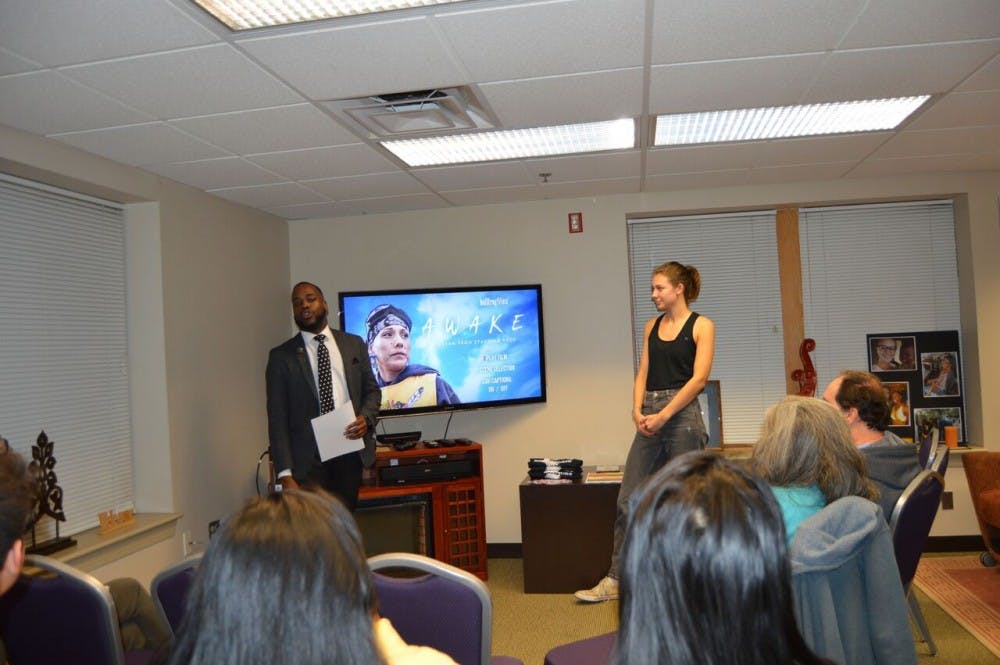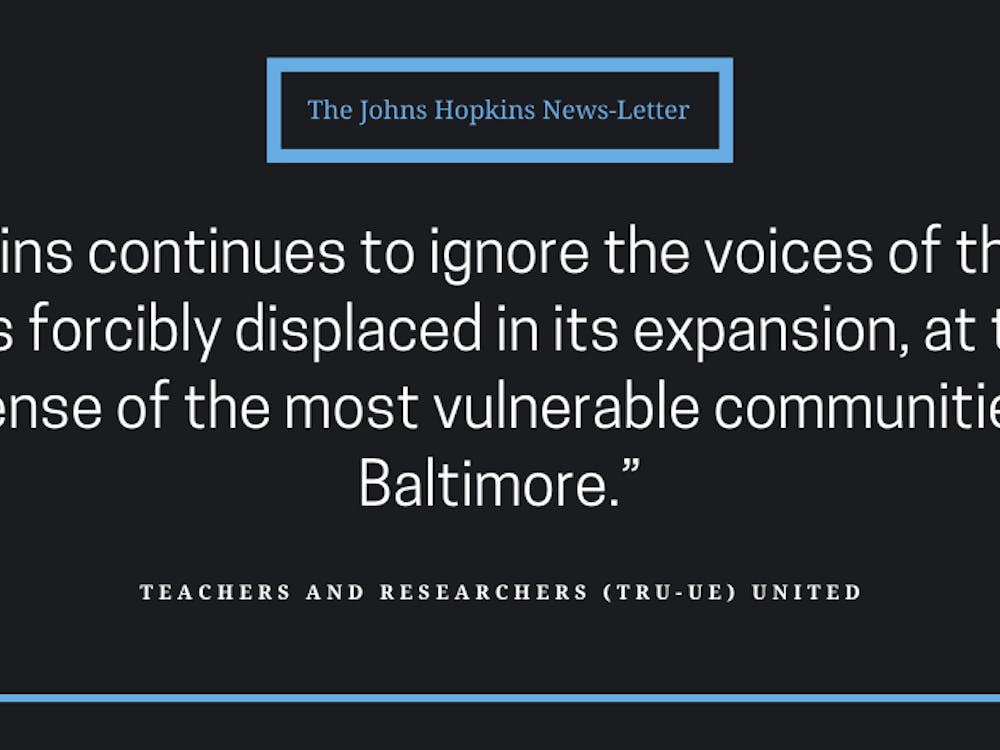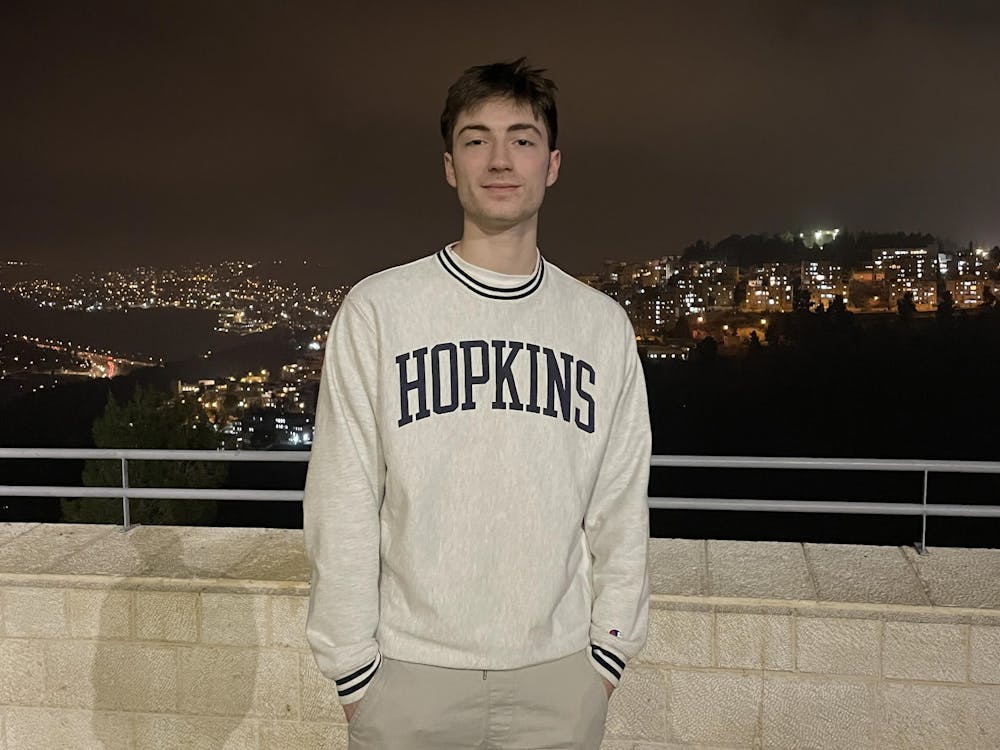In conjunction with the Office of Sustainability and the new group Indigenous Students at Hopkins, the Office of Multicultural Affairs hosted a screening of the 2017 documentary Awake: A Dream At Standing Rock on Tuesday. The screening was part of CultureScape, an annual week of events promoting cultural diversity.
This was the first event organized by Indigenous Students at Hopkins, which is in the process of being officially recognized by the University.
Senior Joshua Bertalotto, a Native-American student, explained the purpose of the club.
“A main thing we wanted to do is make sure we are promoting awareness of some of the cultural things that are important to us and some of the travesties that have happened in American history that a lot of people don’t know,” he said.
The three-part film focuses on efforts to stop construction of the Dakota Access Pipeline through the Water is Life movement, which promotes protecting water from fossil fuel industries.
The oil pipeline, which was finished in April runs through the Standing Rock Native American Reservation and has sparked protests across the nation.
Footage in the documentary shows officers using pepper spray, shooting rubber pellets and unleashing dogs and water on unarmed protesters.
They also put barbed wire on Turtle Island, the sacred ground of the Standing Rock people.
The documentary also highlights the communal and spiritual lifestyle of the Standing Rock Sioux Tribe. An overarching theme of the film was to educate and ultimately inspire people to contribute to the movement.
After the screening, Bertalotto engaged the audience in a discussion. Everyone in the audience introduced themselves and explained their motivation for attending.
The audience was comprised of students and staff members, some of whom work for the Hopkins Center for American Indian Health. The Center, which is part of the Bloomberg School of Public Health, works to improve the health and wellbeing of Native American and Alaska Native communities.
Bertalotto explained that in addition to giving viewers a sense of the scale of movements against the pipeline, the documentary showed the relevance of the pipeline to indigenous groups and other marginalized people.
“It wasn’t just about water. It wasn’t just about this one river. It wasn’t just about this one tribe,” he said. “This was about this general trend of oppressed people not wanting to be oppressed anymore. You could see that it was not just a native movement but that it was something bigger.”
An audience member built upon Bertalotto’s comment by sharing what stood out to her in the film.
“I think something that is always interesting to think about is what wasn’t mentioned, and the thing that is really special to me is the tribal unity that was formed,” she said. “This type of unity hasn’t happened since the American-Indian movement.”
Sophomore Tyra Andrews commented on how this screening changed her perspective on media coverage and police brutality.
“I know the media said it was peaceful protests, but then also other parts of the media were trying to paint water protectors as savages or really violent,” Andrews said. “From this movie, I realized that there is seriously an issue with media and police brutality.”
Freshman Joel Espinoza elaborated on what he hopes people will understand about indigenous people.
“We are actual people, and we are here on campus to not only spread awareness about the issues concerning us but, through the movie we just watched today, also to show how these issues apply to everyone else in our country,” Espinoza said.























Please note All comments are eligible for publication in The News-Letter.